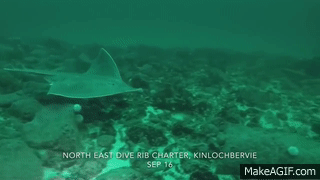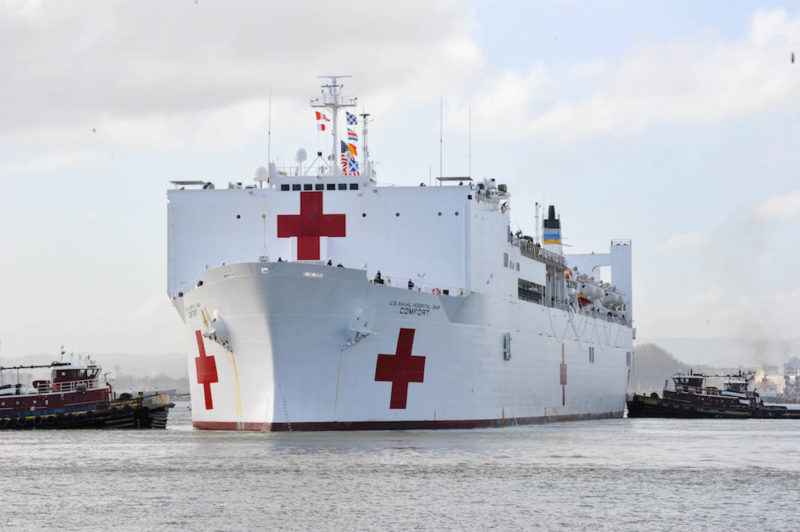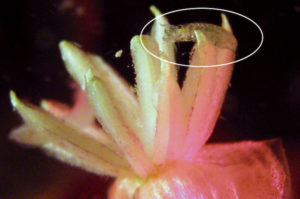Cuttings (short and sweet):
- Watch this skate seen on a SCUBA dive in Scotland! Video by Catherine Hollingdale
- Follow fish parasitologist Isaure de Buron on twitter!
- Judge halts Hawaii aquarium fishing until environmental review. By the AP.
- There are more fish in the sea, because the Magnusson-Stevens Act is working. By George Leonard, for the Ocean Conservancy blog.




